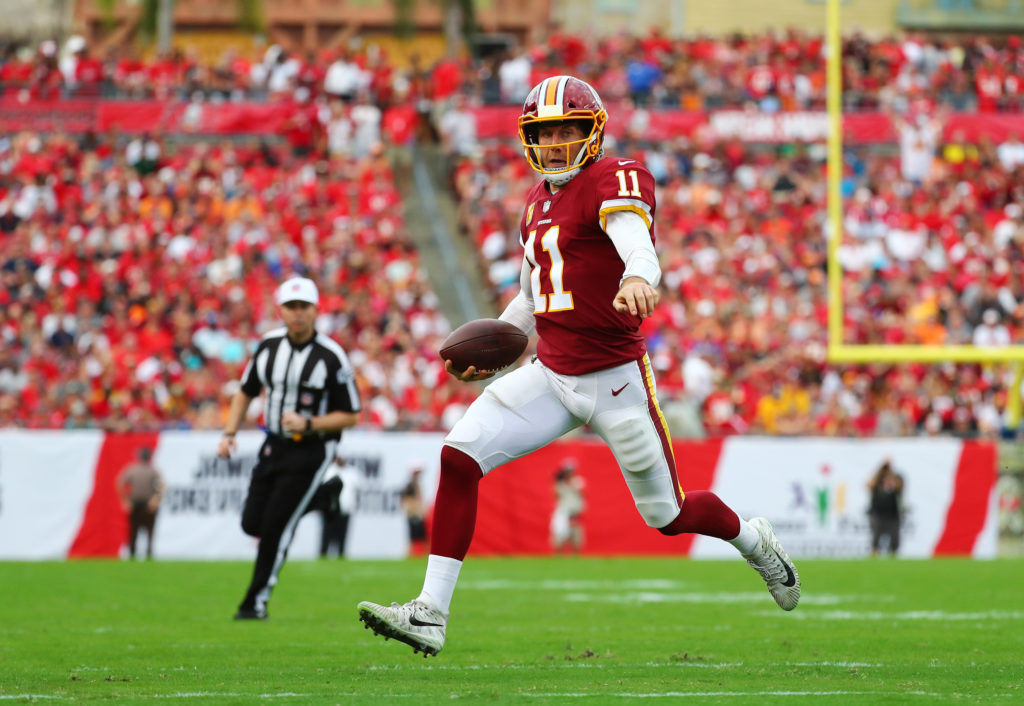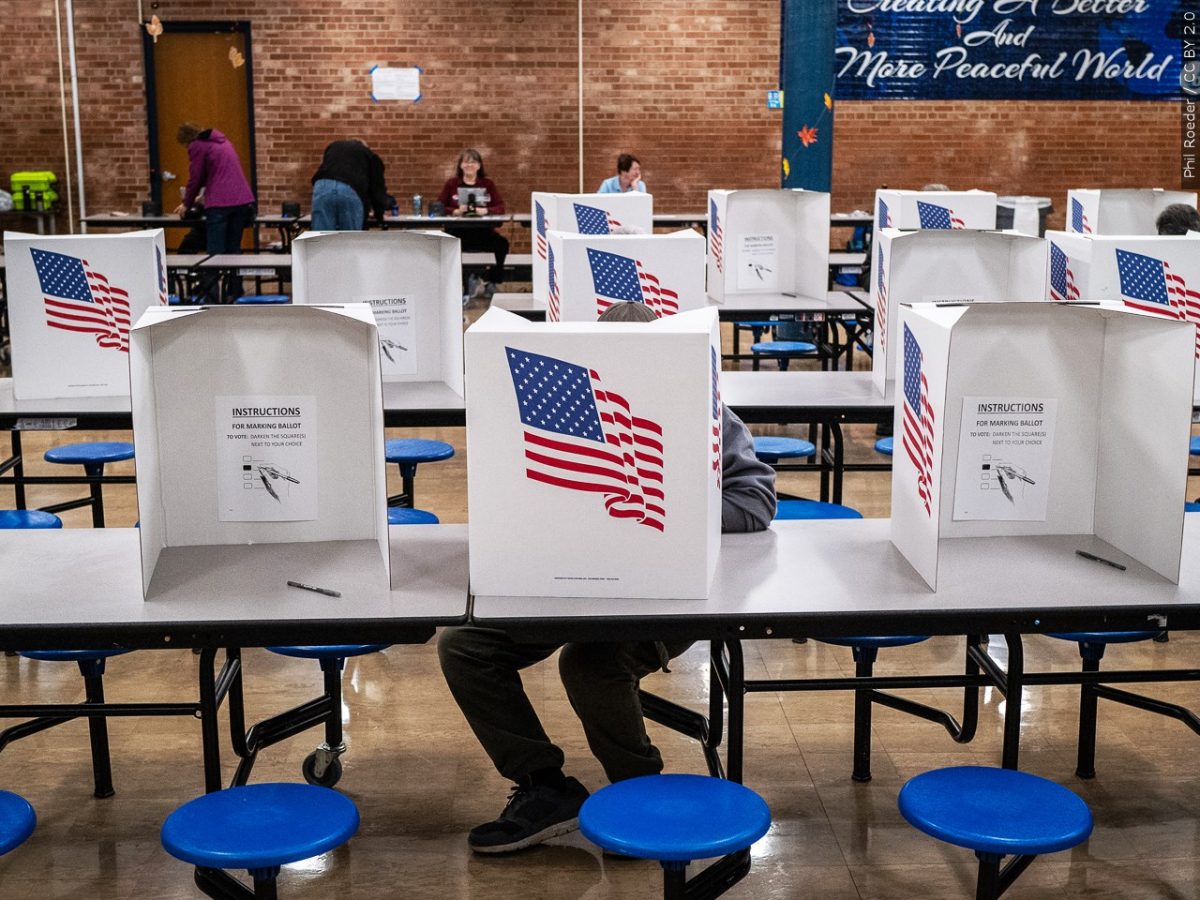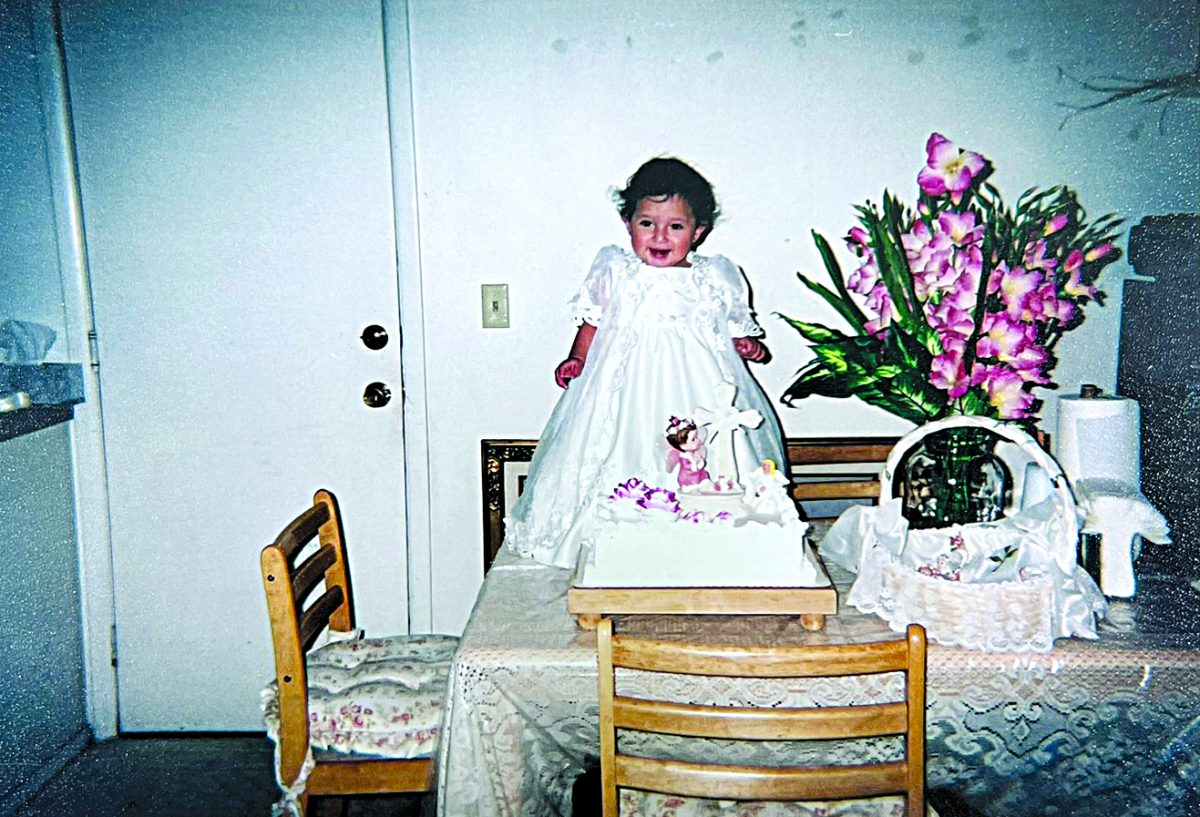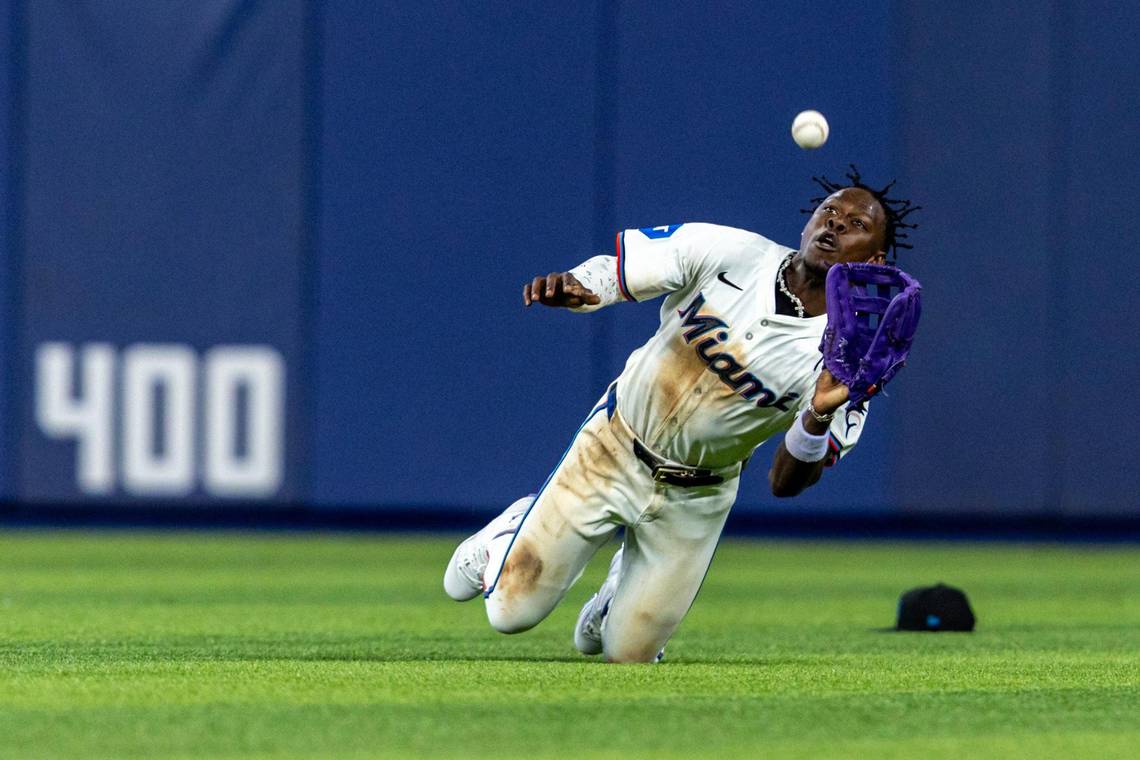On Nov. 18, 1985, Washington quarterback Joe Theismann suffered a gruesome injury to his leg when he was tackled by three-time defensive player of the year Lawrence Taylor. Theismann broke his tibia and fibula and, at 36 years old, was forced to retire from football because of the severity of the injury.

Eerily, on the exact same date 33 years later, Washington quarterback Alex Smith suffered a similar injury to his leg when he was tackled by three-time defensive player of the year J.J. Watt. Smith broke his tibia and fibula and, at 34 years old, many thought the injury would end his career.
The similarities between Theismann and Smith’s injuries and the circumstances surrounding them seem almost unbelievable. But on Oct. 11, Smith did something to separate himself from Theismann.
After 17 surgeries, a battle with an infection in his leg that nearly cost him his entire leg and even his life, Smith took the field and played professional football once again, almost 700 days since suffering the injury.
Ever since I was little, I’ve been a fan of Smith’s. My family and I are University of Utah football zealots and some of my earliest memories of watching Utah football are watching Smith play quarterback for the Utes.
In the early 2000s, Utah football was a program that was struggling. Seasons with high expectations ended in disappointment.
All of that seemed to change when Utah hired Urban Meyer to take over the program.
Meyer made many decisions that changed the trajectory of Utah football, but naming Smith as his starting quarterback was arguably one of the most impactful decisions he made.
The Meyer and Smith tandem went a combined 21–1 in the two seasons they were together at Utah.
Meyer left Utah to pursue a coaching career for college football giants like Florida and Ohio State, and Smith was eventually drafted first overall in the 2005 NFL draft, but those successful seasons opened the doors to a program that has only seen two losing seasons in the ensuing 14 years.
My admiration for Smith continued as he began his NFL career with the San Francisco 49ers.
His first seasons with the Niners were tough, and many began to label Smith as a draft bust. But in 2011, he began to play like a first overall pick.
That year, Smith led the 49ers to a 13-3 record and its first playoff berth in eight seasons.
The next season, however, after Smith suffered a concussion, the 49ers handed the starting quarterback job to Colin Kaepernick, whom they viewed as a more dynamic player.
Smith was understandably frustrated with his demotion; anyone would be in that situation. But Smith put the team first.
He focused on not being a distraction and on being supportive of Kaepernick, who eventually led San Francisco to an appearance in the Super Bowl, where they lost to the Baltimore Ravens.
Following the benching incident of the 2012 season, I went from being a fan of Smith as a football player to respecting him as a person.
He had every right to be upset. He was playing very well before the concussion occurred, so some might say the benching wasn’t very fair to him.
But he didn’t allow that situation to become a distraction to the team, and he was constantly supportive of the teammate who took his job away from him.
How can you not respect that?
Smith was traded the next offseason to the Kansas City Chiefs. In his five seasons as the starter, the Chiefs won 53 games and had four playoff appearances.
Before Smith’s fifth season as the starter for the Chiefs, Kansas City drafted a dude named Patrick Mahomes, who you may have heard of before.
Once again, Smith’s job was about to be taken away from him. The Chiefs still planned to start Smith during Mahomes’ rookie season, but the franchise clearly signaled that they planned to go with Mahomes once Smith’s contract was up after that season.
How did Smith react to all of this?
As a player playing at the highest level, going into a contract year, knowing that the organization he played for was going to promote his backup the subsequent season, it would be understandable if Smith focused on himself, and made sure he got paid somewhere else the next season.
But he didn’t do that.
Smith thought outside of himself and his situation. He took Mahomes under his wing, taught him how to be a pro and made sure he did the best he could to mentor the young quarterback. Mahomes himself and many Kansas City coaches have gone on record many times saying Smith played a critical role in the development of Mahomes.
We all know the things Mahomes has gone on to accomplish in his first few seasons as a starter.
I then went from respecting Smith as a person to considering him to be a role model for all of us who watch the game.
After handing the reins over to Mahomes, Smith signed a contract with the Redskins, where he eventually suffered the horrific compound fracture of his leg.
When I watched Smith’s injury occur, I was devastated for him. After everything he had to overcome in his career, it seemed unfair that he would suffer a potentially career-ending injury like that.
Given that he almost lost his leg and even his life as a result of the injury, it would be understandable if Smith decided to hang the cleats up and call it quits.
But Smith wanted to show his children that it’s possible for people to bounce back from nightmare situations. So, he got to work and began months and months of grueling rehab with hopes of returning to the field.
Even if his comeback attempts fell short, Smith explained he wanted his kids to see that he at least tried his very best and that there’s value in trying.
Well, this Oct. 11, against all odds, Smith completed his comeback to professional football.
In doing so, he surely inspired his children. And he also inspired me.


















